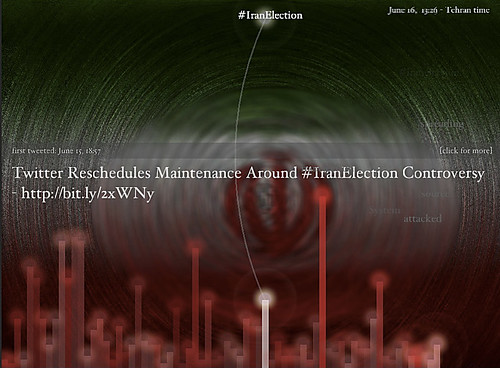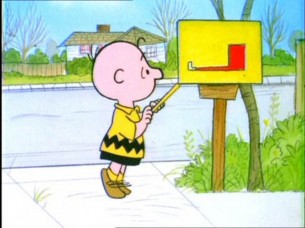We all know the role Twitter played in the aftermath of Iran’s elections. How tweets got the play-by-play news from the streets to the world. How it was used by some to organize protesters. How the White House asked Twitter to keep the servers online and push off scheduled system updates. And how it appears to some that the government of Iran tried to take down the service in an effort to squash protests. It was one of the first major tests for the young service that showed– beyond a twitpic of a plane in the Hudson, a tweet about Tim Russert’s passing, or of a student being arrested in Egypt– its power to organize and become an effective means of mass communication, for protesters, spectators and detractors.
The ReTweet Revolution organizes the post-election communication. With time stamps and a rising bar chart shows how often a message was ReTweeted, visitors can see a living time line.
It’s worth a look, if only to see how a series of tweets can go from fleeting one-shot blasts, to a collective document of a movement.



